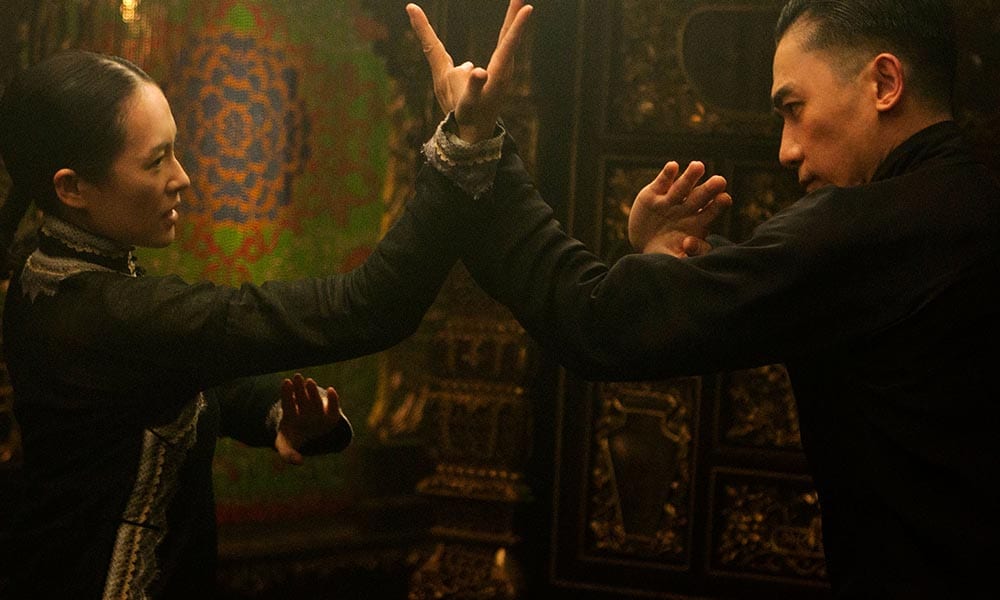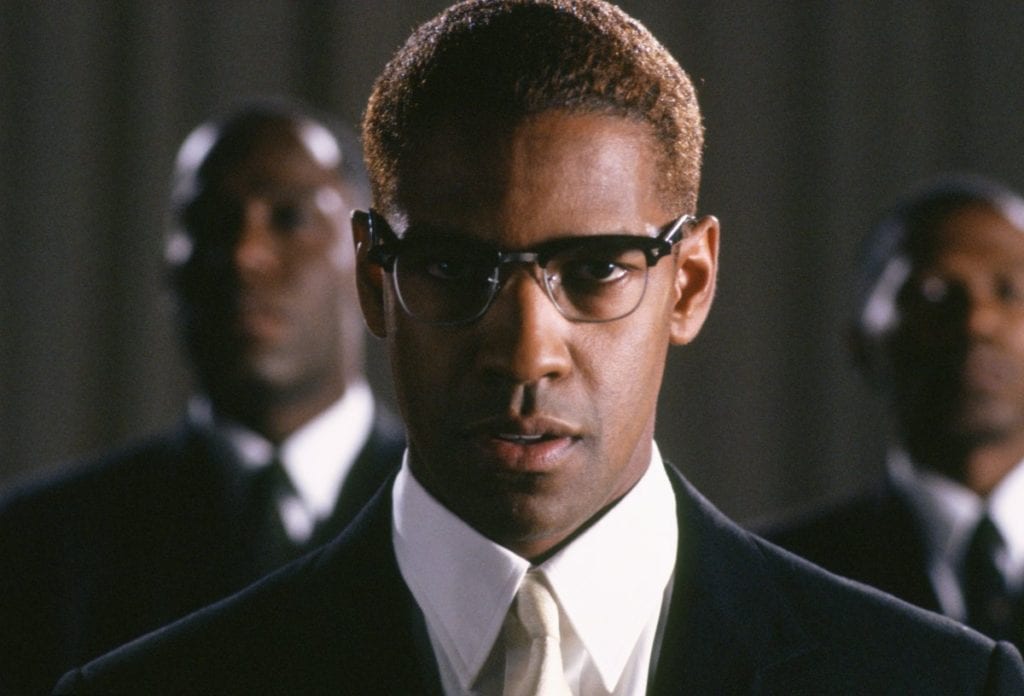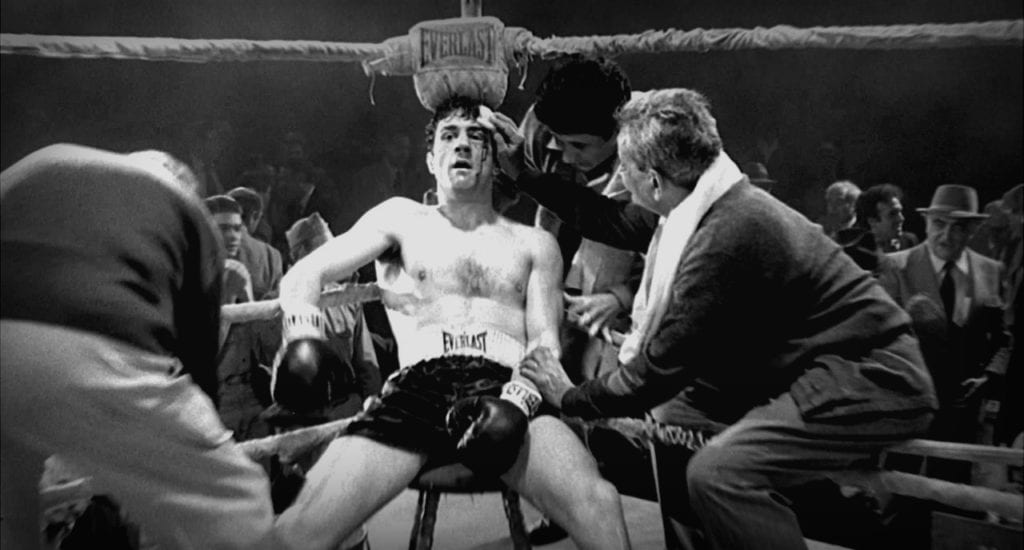One of the most asked and debated questions in the cinephile community is “What movies should I own in my DVD collection?” It’s a question I’ve asked myself, so I did as any writer does and decided to make my own list of essential movies one should have in their DVD collection. Notice the words ‘dvd collection’; I’m talking hard copies here. And it’s worth mentioning that these are not the only five movies one should have in your collection; nor is it in any way saying you have to own all five.
My aim with this series is to hopefully introduce you to some essential films you may never have heard of or, even better, cause you to reevaluate the ones you have seen. Lists are useful for helping broaden one’s base of knowledge, organizing one’s thoughts, and starting a discussion, after all.
Each entry in this article series will revolve around a specific genre or topic. Because (thankfully) movies are constantly being made, I had to set a cut-off date. What I consider The Essentials will be made up of films released before 2015.
Films are not facts; they are a series of pleasing lies. Biopics do this more than most. They tend to hew less to facts and historical exploration but rather use the historical figure or incident as an avatar for whatever the filmmaker wishes to explore. People are messy, imperfect things and too many biopics strive to lionize their subjects or make them into saints. The best ones, however, endeavor to peel back the historical facade and explore the murkier aspects of their greatness. Again, these are not the only five but just the five that made my cut.
Again, these are not all the essential movies, just some of them.

The Passion of Joan of Arc (1928)
Carl Dreyer’s The Passion of Joan of Arc is the rare movie where the phrase ‘haunting beauty’ is justified. Those who have seen Dreyer’s silent masterpiece have never forgotten it, nor it’s star Maria Falconetti. Falconetti’s Jeanne d’Arc is, without hyperbole, one of the single greatest performances ever captured on film. One of the great tragedies of the art is The Passion of Joan of Arc is the only movie Falconetti ever did.
Based on the transcripts of the Catholic Church’s trial of Jeanne d’Arc Dreyer strips The Passion of Joan of Arc of any and all artifice. He does this by never giving us an establishing shot. Establishing shots essentially are the shots that give you some idea of what the room or setting looks like. Dreyer and his cameraman Rudolph Mate shot the entire film in close-ups or medium shots.
The result is a movie where we’re never sure where anyone is in relation to anyone else, or even what the courtroom looks like. Dreyer’s reasoning is simple; he cares only about Jeanne d’Arc and her inner light as she stands up to the Church. A deeply spiritual film The Passion of Joan of Arc is a searing look at a woman standing up to a group of men and terrifying them with her belief in herself and her God. Riveting and breathtaking The Passion of the Joan of Arc is breathtaking in its searing interrogation into one woman’s courage of faith.

The Grandmaster (2013)
Wong Kar-wai’s The Grandmaster could be argued, is a minor work, in the master’s filmography. Much like Martin Scorsese or Spike Lee love New York Wong Kar-wai adores his native Hong Kong. The Grandmaster is not only a biopic about Ip Man (Tony Leung) but about Hong Kong itself.
Wong Kar-wai somehow in the midst of all this takes an almost Faulknerian look at grief and love. The Grandmaster is so full of longing, regret, and empathy that you feel you have lived the life as opposed to just watching it. A martial arts movie, The Grandmaster, is never really concerned with the fighting. While there are many fights between Leung’s Ip Man and others, they are mainly done in slow motion. Agonizingly slow motion that is more concerned with the space and time of the movements than the fights themselves. Wong Kar-wai follows Ip Man as he grows in status and legend while also following his relationship with Gong Er (Zhang Ziyi).
Typical of Wong Kar-wai, The Grandmaster isn’t a streamlined movie. He skips ahead a few seconds, minutes, moments, or days. The camera sometimes is off center or focused not just on the character but on the room they are in. Wong Kar-wai’s style of storytelling draws you in just by virtue of keeping you on your toes. The Grandmaster enchants precisely because the scenes never go where we want them to go or expect them to. Instead, the scenes go where they need to go in their own way. Somehow Wong Kar-wai made a biopic, not as good as his other films, but still better than most biopics.

Malcolm X (1992)
The fact that Malcolm X exists at all is somewhat a miracle. Spike Lee himself enjoys much the same reputation as Malcolm in terms of how he is viewed by much of white America; an extremist. The fact that Lee was able to procure funding for this is only magnified when you add in that Lee demanded the three hour run time from the outset. That it was released into theaters at all is an act of almost sheer force of will on the part of Lee.
Malcolm X is an empathic and fair examination of Malcolm’s life. The first hour is Malcolm Little (Denzel Washington) the gangster and coke addict, followed by Malcolm the prisoner and devout follower of the Honorable Elijah Muhammad (Al Freeman, Jr.), to the fiery street preacher dissatisfied with how the war on civil rights was being fought. Eventually, we witness a man realizing the fallacy of his beliefs and his idols. Malcolm X shows Malcolm in a constant state of transition. Rarely are we allowed to see a man as fully as Lee allows us to see Malcolm.
Lee worked with longtime cinematographer Ernest Dickerson. The result is one of the most alive and breathtaking biopics ever committed to film. Lee has always had an in your face style of filmmaking, and with Malcolm X he utilizes his own idiosyncrasies to bring Malcolm X’s own style of preaching into sharp focus. A perfect marriage of subject and author Malcolm X stands not only as one of Lee’s best films but easily one of the single and purest expressions of an artist through his art.

Nixon (1995)
Oliver Stone’s Nixon is a biopic in the same way Shakespeare’s Richard III is. Bombastic and every bit as quixotic as its subject, Nixon is a fever dream of a melodramatic opera. Stone’s Nixon is an act of pure cinema.
Nixon at times can feel overwhelming with its rapid cuts and disjointed narrative. Anthony Hopkins’ transformation into Richard Nixon is remarkable for its lack of physical changes. Merely by hunching his shoulders and changing his voice, Hopkins becomes Richard Milhous Nixon. Other actors have played a perception of Nixon or a sort of nuanced caricature. Hopkins, though, plays Nixon as the hero and the villain of his own tragic comedy.
The irony of Nixon is it at once the most damning look at the Richard Nixon while also the most sympathetic. Stone’s hatred for President Nixon is almost palpable. It is not wholly unbelievable that were he alive today Nixon would return Stone’s hatred. Yet somehow he allows Hopkins’s Nixon the fairest day in court he is likely ever to receive. Stone is well known for his hyperbolic and sometimes manic oppressive, style. Here though it seems he has found the perfect subject to match his own psychosis.

Raging Bull (1980)
Martin Scorsese’s Raging Bull is less about the life of middleweight boxer Jake LaMotta (Robert DeNiro) and more about the demons that haunt his and Scorsese’s psyche. Scorsese shot Raging Bull shortly after trying to commit suicide and going through treatment for addiction. Raging Bull, is less a biopic and more a deeply searing personal therapeutic look into the insecurities that try our souls.
Jake LaMotta is a louse, a mook, and a no good jealous wife beater. DeNiro is unflinching in the portraying the ugliness of LaMotta. A fierceness radiates from his performance, but it’s a facade; underneath is nothing but a child’s need for love. LaMotta’s insecurities cost him his wife Vicki (Cathy Moriarty) and his brother Joey (Joe Pesci).
It is impossible to divorce Raging Bull from Scorsese’s deeply held Catholicism. The fight scenes, filmed in lush black and white, are scored and edited like a ballet. These are not acts of violence, or even stunning sporting tactics. For LaMotta, and for Scorsese, this is contrition, the price that must be paid for their sins. For Scorsese film isn’t art, it’s a form of catechism.

